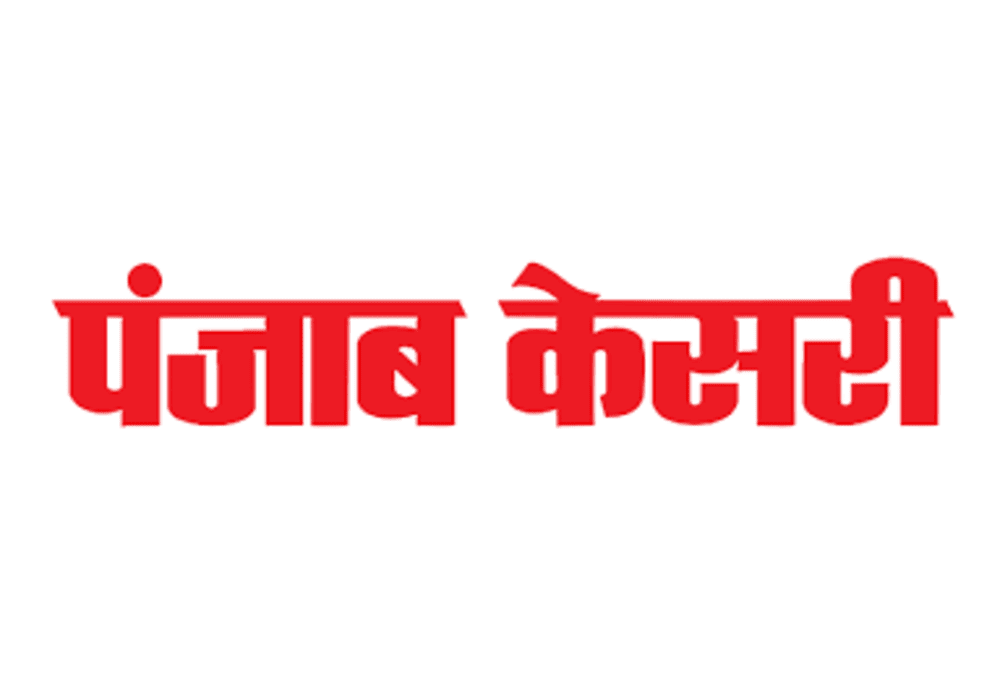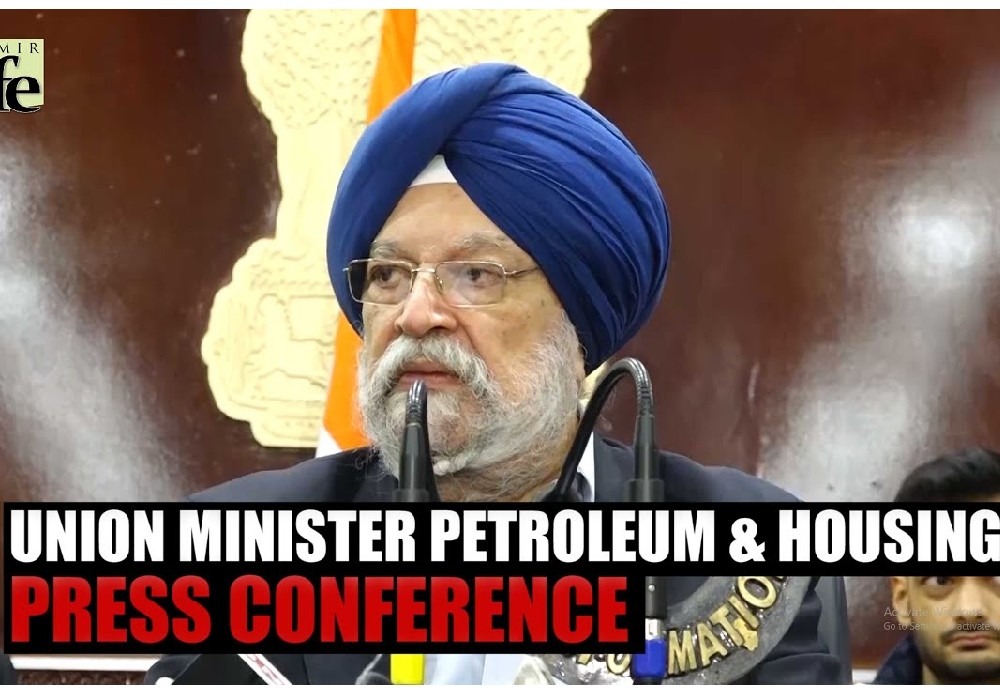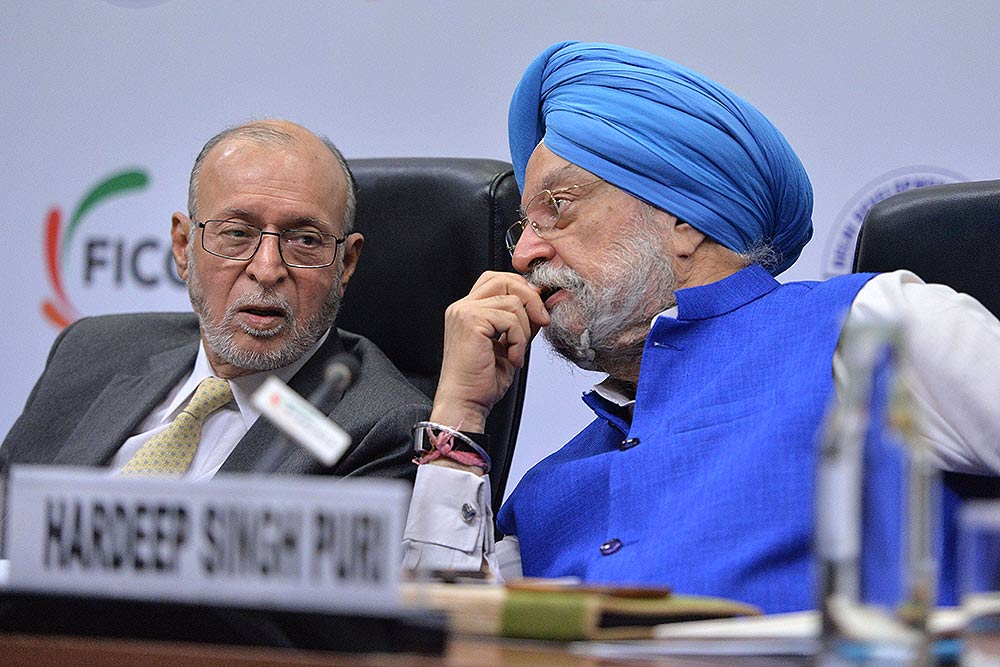India is pushing for the early completion and expansion of the India-Myanmar-Thailand Trilateral Highway to improve connectivity in the region. India’s Prime Minister Narendra Modi further suggested that the highway should expand to Cambodia, Laos, and Vietnam; extending the route to 3,200km from the current 1,400km.
The highway — which was initially conceptualized some 15 years ago — connects India’s Moreh in the northeast of the country to Mae Sot in Thailand, via Myanmar. Although the majority of the highway has been completed, several sections are undergoing upgrades. The highway is part of India’s Look East policy, which was replaced by the Act East policy by Prime Minister Modi’s government in 2014, as a way to improve relations with ASEAN and boost trade in the ASEAN–India Free Trade Area.
The connectivity to Cambodia, Laos, and Vietnam is also seen as a counter to China’s Belt and Road Initiative. However, work on the highway has been slow due to a variety of constraints from lack of qualified human resources, technology, funding, and advisory services.
Complementing the Trilateral Highway is the Kaladan multi-modal transport project in Myanmar, which connects India’s Mizoram state in the northeast to the Sittwe port in Myanmar. The port has been cleared for operations in 2021.
India constructed the deep-water port, which aims to reduce costs for the transportation of goods to landlocked Mizoram. Goods from Kolkata, for instance, can be transported by sea to Sittwe where they are then transferred up the Kaladan river Paletwa in Myanmar’s Chin state. From there, the goods are transported to Mizoram by road.
Boost for India’s Act East policy
India’s Act East policy is a diplomatic initiative to promote economic and cultural relations between India and the Asia Pacific region. This eastward drive started in 1992 under the Look East policy, both are essentially continuing phases of India’s policy towards the Asia Pacific.
The fall of the Soviet Union severely affected India’s growing economy due to its strong economic and military ties. Although India was never a Communist country, it was far closer to the Soviet bloc than to the United States.
In addition to buying weapons from the Soviet Union, India also received technical aid on a wide range of infrastructure and industrial projects. The economy further suffered from the rise in oil prices caused by the Gulf War of 1990-91.
As such, the Indian government was forced to make significant changes to its policies and seek alternative regions, such as ASEAN, to support its economy; here, India had the advantage of having historical relations with the countries in ASEAN. Only Japan – which was the second biggest economy at the time – had significant manufacturing bases in ASEAN, and China was on its way to becoming an economic powerhouse in the Indo-Pacific. Realizing that ASEAN offered huge potential for growth in trade, the Look East policy was launched in 1992.
Growing economic relations
Since the enactment of the Look East policy, India and ASEAN have continued to expand bilateral agreements. India became a dialogue partner with ASEAN in 1996 before signing the ASEAN-India Framework Agreement on Comprehensive Economic Cooperation in 2003. This Framework provided the basis for the establishment of the ASEAN-India Free Trade Area. Further, the ASEAN-India Trade in Goods Agreement (AITIGA) was signed in 2009 and came into force in 2010.
The signing of AITIGA paved the way for one of the world’s largest free trade areas, encompassing more than 1.9 billion people and a combined GDP of over US$5 trillion. AITIGA has resulted in steadily increasing trade between ASEAN and India, with bilateral trade reaching over US$91 billion in 2021. Under the Agreement, ASEAN and India committed to progressively eliminating duties on 76.4 percent of goods and liberalizing tariffs on over 90 percent of goods.
Investment opportunities for northeast India
The increased connectivity brought on by the Trilateral Highway can expand the trade and commerce opportunities of India’s northeast region (NER), particularly for the export of natural resources to ASEAN. Consisting of the states Meghalaya, Mizoram, Nagaland, Tripura, Assam, Manipur, and Sikkim, the NER has significant resources of natural gas, hydropower, and oil. Further, the NER’s agro-climatic conditions produce some of India’s best agro-forestry products, such as rubber and tea.

Synopsis Union Minister Hardeep Singh Puri stated India's commitment to an inclusive global energy future through open collaboration, highlighting the India-Middle ..

देश में एक करोड़ यात्री प्रतिदिन कर रहे हैं मेट्रो की सवारी: पुरी ..

Union Minister for Petroleum and Natural Gas and Housing and Urban Affairs, Hardeep Singh Puri addressing a press conference in ..

Joint Press Conference by Shri Hardeep Singh Puri & Dr Sudhanshu Trivedi at BJP HQ| LIVE | ISM MEDIA ..
(3).jpg)
"I wish a speedy recovery to former Prime Minister Dr Manmohan Singh Ji. God grant him good health," Puri wrote. ..